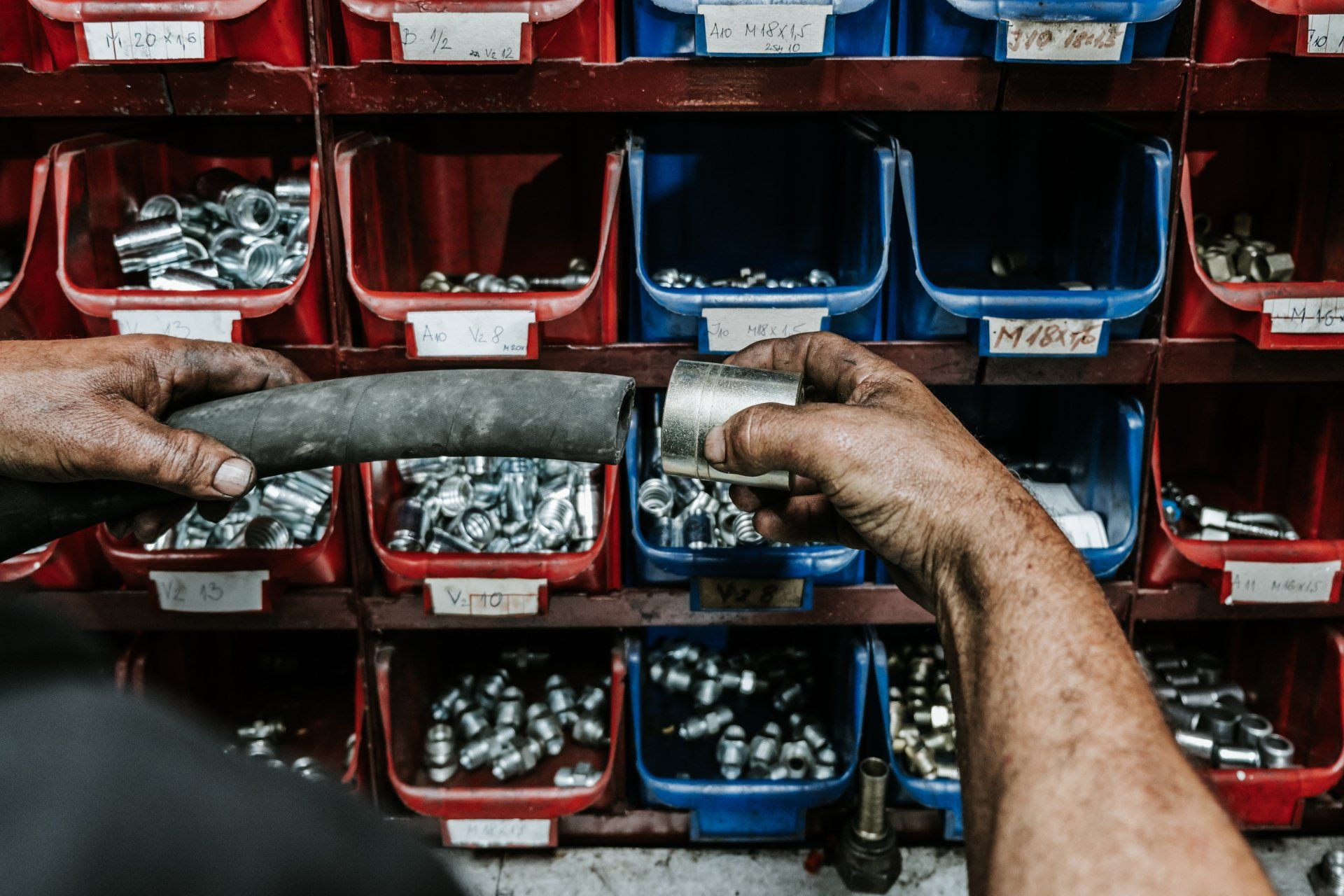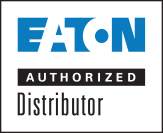Are You Using the Right Hydraulic Oil?
High-powered machines run at a cost. It’s not just a wattage cost; it’s a physical one. Machines don’t get tired, but they do get sore! The wear and tear caused by rapid, constant movements break down metal parts and can potentially render a machine useless.
Machines need oil to mitigate the damage—but what kind of oil? Oil type can vary from machine to machine but choosing the right one will help ensure your machines have long and productive lifecycles.
We know that hydraulic oil is required for hydraulic machines, but even that knowledge is not specific enough. Various factors must be considered in determining whether the oil will keep the machine in working order or if it will just make a mess.
Hydraulic Fluid
Hydraulic fluid is the natural go-to for hydraulic machines. It’s created with hydraulic mechanisms in mind and engineered to handle the heat generated from hydraulic processes and movements. These processes include heat transfer, power transfer, temperature, and pressure swings, and, obviously, lubrication. Different kinds of hydraulic fluids exist based on their chemical makeup.
Petroleum fluids derived from crude oil are the common household variety of machine oil. These are the more natural kinds of oils and are made from regular ground-based fossil fuels. As such, they come with many natural benefits. They can be mixed and refined at different levels to have higher anti-wear, anti-rust, or varied viscosity indexes. They are low cost but are popular for a good reason: they work.
Synthetic fluids are artificially created to have as many valuable properties as possible. One brand of synthetic fluid can be more viscous and have higher insulation than another that’s more geared for easy flowing and lubrication. Due to the highly chemical nature of synthetic fluids, they might not mix well with certain materials, and their production can cause them to be more expensive than planned.
The rarest and most specialized kind of hydraulic fluids are water-based. Water, by itself, is not very good at lubrication, but other elements can be added and emulsified into the water to generate a more desirable effect. These are especially useful when there is a fire risk or where the heat is too great for petroleum or synthetic fluids. It’s mostly made of water, so the risk of fire is next to none, but high heat will evaporate it. They also don’t protect from much else. It’s a specialty fluid for unique problems.
Understand Your Gear
Hydraulic systems are created with one of three distinct pump types: Vane, Piston, and Gear. Depending on which one you work with, it will have a different overall use, different ranges of centistokes, and require different operating temperatures. Ultimately, this indicates using a different kind of fluid for each type of machine.
Check the statistics for your gear carefully and find an oil that matches it. Don’t just settle for what’s in reach on the shelf. Be sure your machines are getting the right drink to keep them healthy.





